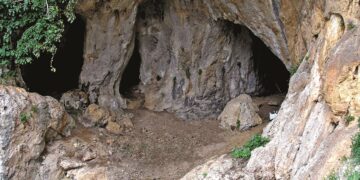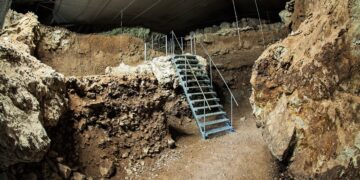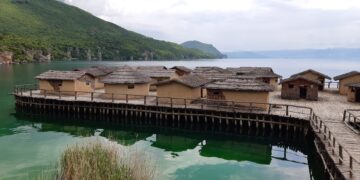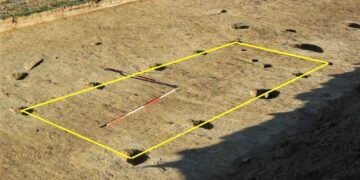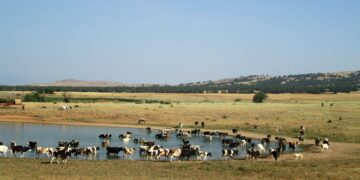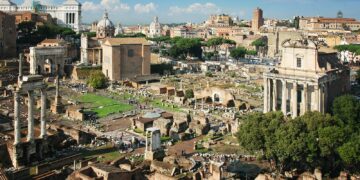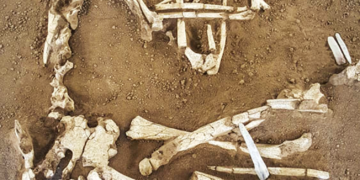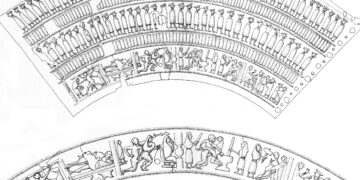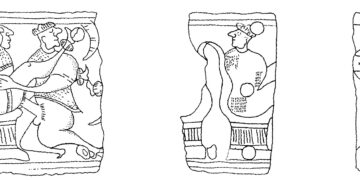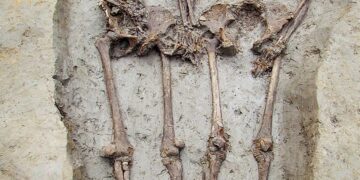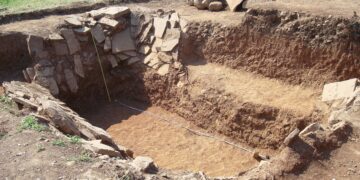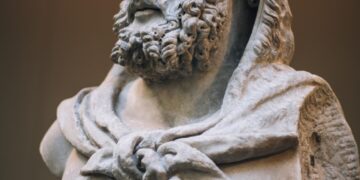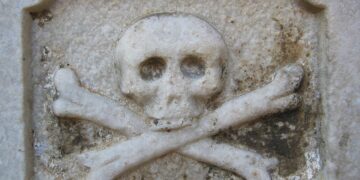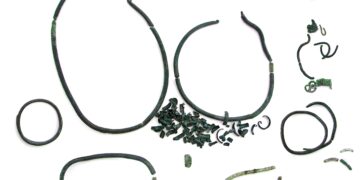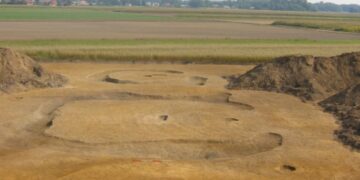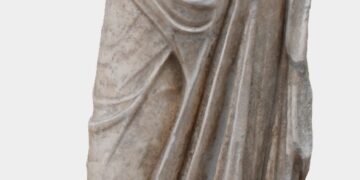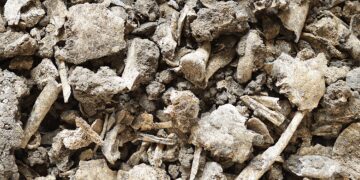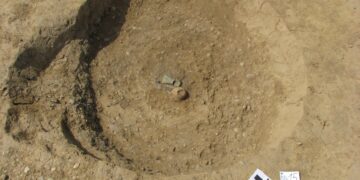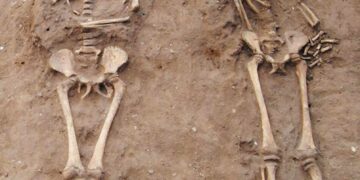Many of the objects we find as grave goods could have been worn on the individual’s body during their life and so we can understand them as evidence...
Read moreA series of related cultures distinctive of the European late Bronze Age, broadly 1300 BC through to 850 BC, were distinguished by their cemeteries of cremated burials deposited...
Read moreWhen the territory of the western Pannonian plain was integrated into the Roman Empire in the first century AD, numerous political, economic and cultural changes took place. Slowly...
Read moreBurial practices are normally tied to long-standing traditions and are were not discussed in ancient societies. They were linked to the opinions of what is moral to do...
Read moreIn Denmark, more than 90% of the dead Copenhageners get cremated, and about 2/3 of these people end up in anonymous burial plots – a lawn where one...
Read moreThese people were given neither marginal nor particularly dignified burials, suggesting that they were all common and integrated members of their communities. Often more conservative elements of our...
Read moreThe appearance of urnfields in the Late Bronze Age marks a major transition in burial rites from the previous predominance of inhumations, often under round barrows, to a...
Read moreIn central Europe cremation of the deceased appeared in different periods and in different times. Several Early Iron Age cultures practice cremation of the deceased, but they regularly...
Read moreOften astounding discoveries are made in the most unexpected locations and especially in archaeology, it happens that you discover something absolutely different from what you were looking for....
Read moreArchaeology shifted in the last decades from the research of “big” historically important persons towards the research of everyday people, their way of life, their economy… Now we...
Read more
